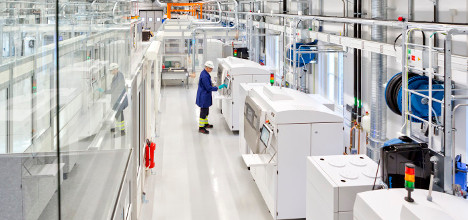In a strategic move towards carbon neutrality by 2030, the City of Helsinki aims to implement emission-free zones, a groundbreaking initiative to accelerate electric vehicle (EV) adoption. A recent study by Aalto University sheds light on the potential impact of these measures.
Emission-Free Zones: A Catalyst for EV Adoption
Recognizing traffic emissions as a significant hurdle, Helsinki is exploring environmental zones and a shift to a CO2 emission-free vehicle fleet by 2035. According to the study, effective implementation could lead to a remarkable surge in EV adoption, reaching 40 percent by 2030 and an impressive 65 percent by 2035.
Critical Factors for Success
Ville Lehmuskoski, executive director of the Urban Development Division, highlights the importance of a well-planned transition. Alongside emission-free zones, developing robust EV charging infrastructure becomes crucial. Aalto University professor Matti Liski underscores the need for a gradual transition, allowing for market adaptation and citizen/business preparation.
Ongoing Assessment and Future Considerations
While the study offers promise, it forms part of the City’s ongoing assessment. The comprehensive evaluation, considering accessibility, environmental impact, and societal implications, will present official conclusions and recommendations to political decision-makers in 2024.
Helsinki’s Multi-Faceted Approach to Sustainability
Helsinki’s commitment to sustainability extends beyond EV adoption. Initiatives include electrifying public maritime transport, promoting alternative modes like walking and cycling, and restructuring parking and street networks. While congestion charges and regional solutions are potential future considerations, the City actively seeks input from citizens and businesses for a fair and inclusive transition.
As Helsinki embarks on this ambitious journey, citizen and business adaptability will play a pivotal role in shaping a sustainable, carbon-neutral future.
Source:helsinkitimes.fi





